Planting perennials seems to be the latest trend in gardening. They do not require too much investment or care. However, in turn, you receive such great feedback as the beauty and amazing yields of new plants. You can share them every several years.
A bearded iris can be a true decoration of your garden. It is entitled to be called the grand lady of it. Identifying this flower among the rest of the plants is easy thanks to its amazing and outstanding blooms. However, you can always use a house plant identifier app if you struggle with knowing more about plants. Lily identifier allows you to learn everything about any plant by just snapping it with your phone.
Thanks to taking a photo of your flower, you will know its name, history, origin, caring rules, etc. When being a beginner in your garden design with irises, you will enjoy this handy app. Learn everything from A to Z without the need to see an encyclopedia or ask an expert.
The rainbow of colors
There are far more colors of irises than just yellow or blue. They are presented in the whole world of colors. The palette is amazing. These plants can be pink, purple, white, red, light-blue, etc. You will also find plenty of color combinations. Their names will amaze you even more than their colors. Pink Cherub, Lady Friend, Beverly Sills, and others.
They can be of different heights and their leaves resemble spears. These flowers are very elegant especially when put next to the above-ground pool. Bearded irises really look like a grand lady who is dancing in her soft and feminine ball dress. The biggest peculiarity of irises is that they do not require any serious investment of time and effort.
Irises are not complicated
Planting these beauties in your garden is very easy. It is necessary to do it in the middle or end of the summer. Their roots must be able to develop and strengthen until it starts freezing. Irises love full sun and a well-drained and a bit acidic soil. The only thing that must be watched is not to plant them too deeply. If you do not leave a small mound on the top of the rhizome exposed, it may bloom.
They also cannot stand mulch or fertilizers that contain too much nitrogen. Both can make rhizomes rot. In early spring, use a light dusting of bone meal or superphosphate. Repeat the procedure about a month after blooming. A generic fertilizing mix 6-10-10 is also acceptable.
It may still happen that irises rot. You will learn it by bases that have become loose or soft and are sporting little holes. Don’t despair. You can simply cut the bad parts with a sharp knife. If these flowers are too overloaded, they may stop blooming. You should dig the bushes out and cut the rhizomes apart every few years. Remove all soft parts or holes and leave just one healthy set of leaves and very strong white roots. Plant new roots in different places. You can also give them to your friends or neighbors.
Iris beds should not contain weeds. They will look much better in their ball dresses. Their flower stems should be cut to the level of the ground. The leaves are better to leave in peace, of course, if they look healthy and green. Everything that looks ill and brown must be cut and deleted. It is better to burn them.
One of the easiest plans to care of
Do not think that irises are too complicated to care about. It may sound strange but they are one of the easiest plants among all the perennials. If you do everything right, these flowers will amaze you many years after. Even in 40 years, the descendants of your plant will make your garden look great with their blooms.
Although irises adore moisture, they need good drainage to prevent their rhizomes from rotting. You should water your irises when the upper two inches of the ground are dry. They can tolerate drought very well. Irises are very hardy. They can cope even with temperature fluctuations. If the ground allows the rain drops or snow to melt and run off. Only strong winds or hail can make these flowers susceptible to larvae of the iris beetle.
What to plant in front of irises?
Bearded irises should be planted in different places in your garden. It’s best to plant them with other tall plants such as delphiniums or lupins. In front of irises, smaller plants look great. You can plant columbines, cranesbill, tulips, dwarf types of lavender, etc. in front of them.
Bearded irises will not only complete your garden but may become real decorations or queens of it. They look amazing both solely and in combination with other flowers and plants.

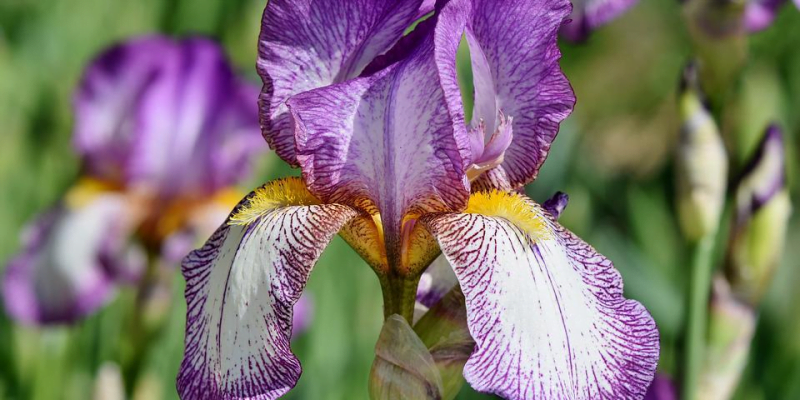



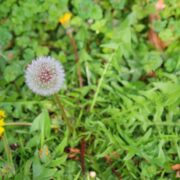
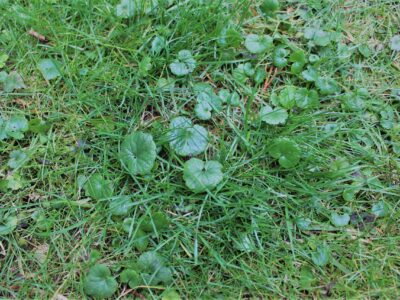
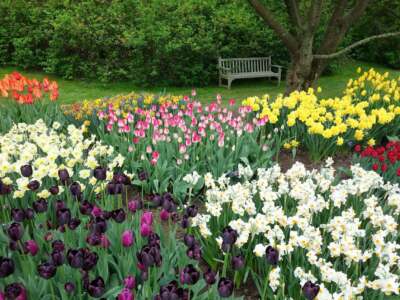
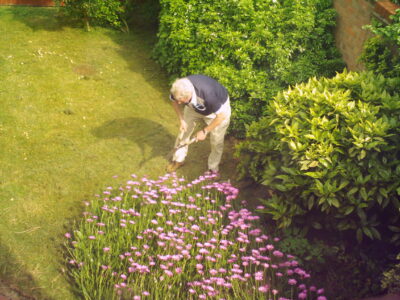
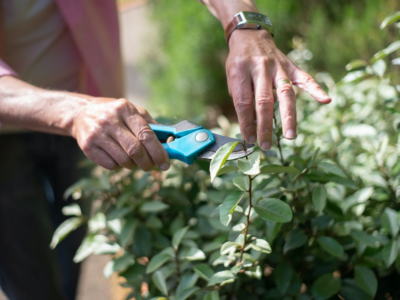
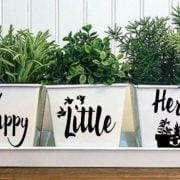

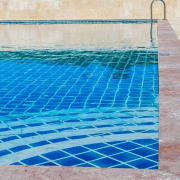
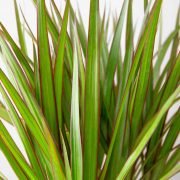
Comments